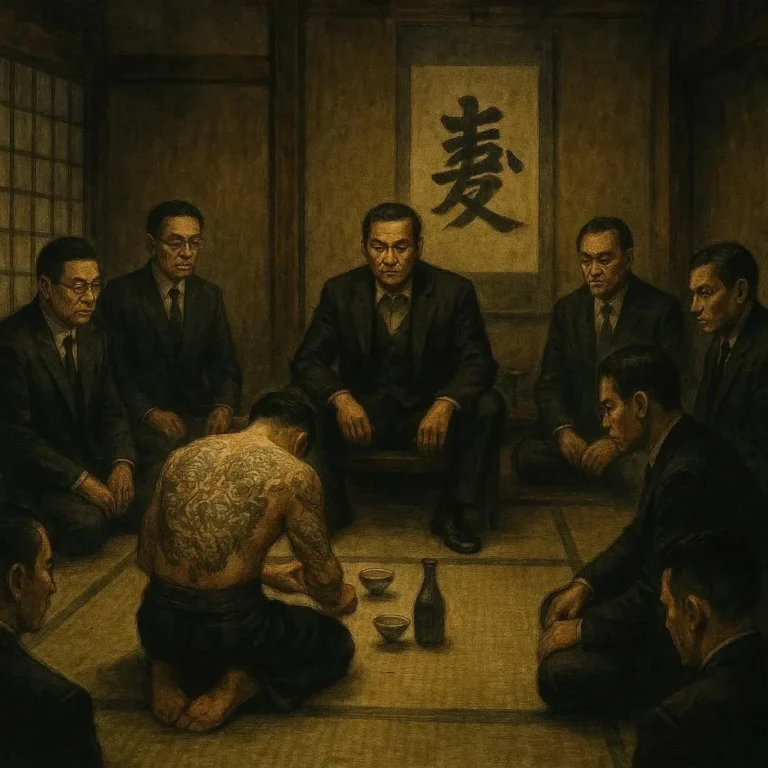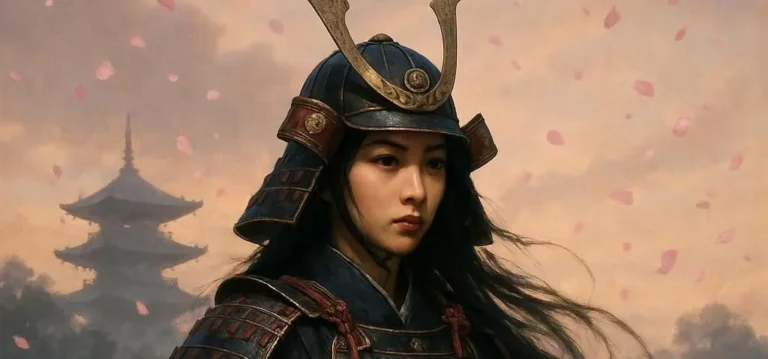503 views Samurai and Their Role in National Defense
The Significance of Samurai in Japan’s National Defense History
The Samurai, members of the warrior class in Japan from the 12th to the 19th centuries, played a crucial role in national defense. Their influence extended beyond the battlefield, shaping Japan’s cultural, political, and social fabric. This blog explores their history, military tactics, and enduring legacy in Japan’s national defense.
The Historical Context of Samurai
The Samurai class emerged during the Heian period (794–1185 CE) as powerful warriors. Their prominence grew during the Kamakura period (1185–1333) when they became the dominant force in Japanese politics and military affairs.
The Bushido Code: A Warrior’s Ethos
The Bushido Code, a set of principles emphasizing courage, loyalty, and honor, guided Samurai behavior. This code was central to their role in national defense, ensuring they adhered to strict moral and ethical standards.
Evolution of Samurai in National Defense
Early Roles in Feudal Warfare
Samurai were primarily bodyguards for nobles and provincial governors in early periods. Over time, their role expanded to encompass military leadership and strategy.
The Sengoku Period: Golden Age of Samurai
The Sengoku period (1467–1603), marked by constant warfare, was the zenith of Samurai influence. Masters like Oda Nobunaga and Toyotomi Hideyoshi relied on Samurai for military prowess and strategic brilliance.
The Tokugawa Shogunate: Stability and Centralization
Under the Tokugawa Shogunate (1603–1868), Samurai became administrators and enforcers of law, maintaining national stability and defending against external threats.
Military Strategies and Tactics
Samurai were renowned for their adaptability and innovative tactics, integrating traditional methods with modern technology as needed. Their skills in hand-to-hand combat using swords like the katana were unmatched.
Coordination in Battles
Samurai-led armies were known for discipline and coordination. The use of flags, drums, and signals ensured synchronized movements on the battlefield.
Fortifications and Siege Warfare
Samurai constructed intricate fortifications, such as castles, to withstand sieges. These structures were both defensive and symbols of power.
Adaptation to Firearms
Despite initial reluctance, Samurai embraced firearms, integrating them into their military strategies to stay ahead in a changing world.
Cultural and Political Influence
Beyond Warfare: Samurai as Governors and Administrators
Samurai managed land, collected taxes, and administered justice, ensuring societal order beyond their military roles.
Cultural Legacy
Samurai influenced Japanese literature, art, and philosophy. Their way of life, especially the Bushido Code, continues to inspire modern Japanese culture.
Decline and Legacy
The Meiji Restoration of 1868 marked the end of Samurai dominance, introducing a modern conscript army and Westernizing reforms. Despite this, their legacy endures in Japan’s national identity and defense.
Conclusion
Samurai were pivotal in shaping Japan’s national defense history, leaving a lasting impact on its culture and military traditions. Their discipline and adherence to the Bushido Code remain inspirations. Explore more about Japan’s rich history through reputable sources like Wikipedia’s Samurai page.
Frequently Asked Questions
Who were the Samurai?
Samurai were Japan’s warrior class, prominent from the 12th to 19th centuries, known for martial prowess and adherence to the Bushido Code.
What was the Samurai’s role in national defense?
Samurai were key defenders, leading armies, developing strategies, and maintaining societal order, crucial to national security and stability.
When did the Samurai class decline?
The Samurai class declined after the Meiji Restoration in 1868, leading to modernization and the abolition of their privileges.
What was the Bushido Code?
The Bushido Code was a set of ethical principles emphasizing courage, loyalty, and honor, guiding Samurai conduct and decisions.
How did Samurai adapt to firearms?
Samurai gradually integrated firearms into their military tactics while retaining traditional methods, showing adaptability to technological advancements.
By understanding the Samurai’s role, we appreciate their enduring influence on Japanese society and culture.






